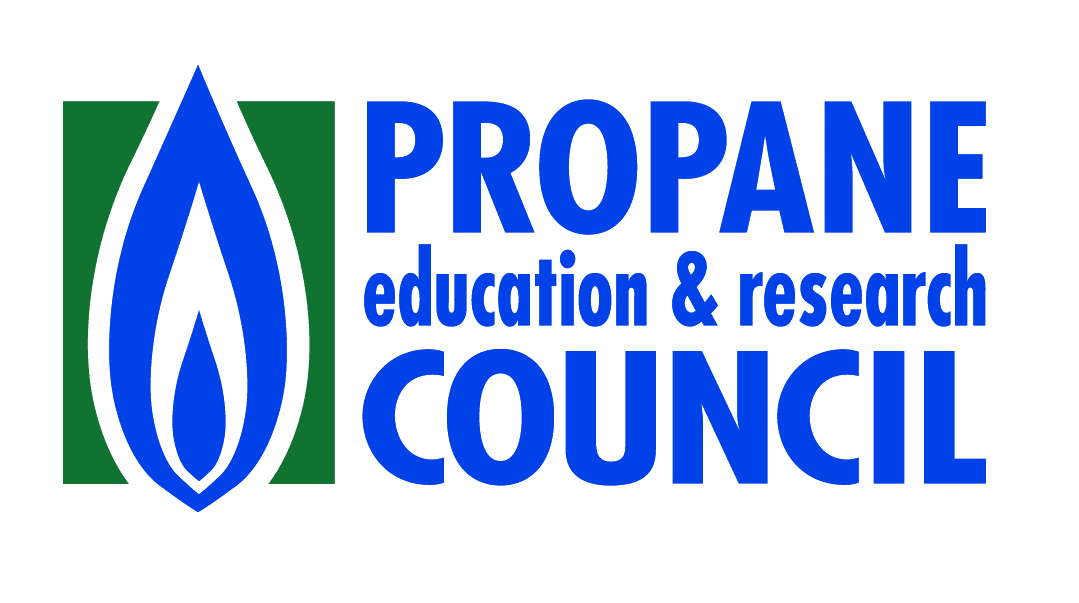Every child deserves to have a safe, clean, healthy ride to school. That’s been the center of the discussion on how to reduce harmful emissions in school transportation, and districts around the country have implemented different paths to accelerate decarbonization. When considering these paths, several districts have made the change to propane autogas. This environmentally friendly choice is a near-zero emission energy source, affordable, and available to most schools, further ensuring energy equity.
Every child deserves to have a safe, clean, healthy ride to school.
Today, more than 1.3 million children ride to and from school on 22,000 propane school buses across the country. More than 1,000 school districts and contractors have adopted this clean technology, and most of those districts have acquired additional propane buses after their initial purchase, with a high repeat purchase percentage. There are many reasons why these districts decided to invest in propane autogas, including the benefits to students, the environment, and the district itself.
Better for Students
Students are at the heart of every decision a school district must make and selecting a transportation energy source is no different. With propane autogas, transportation directors can be sure they’re providing a healthy ride for students.
Propane autogas is an energy source with effectively zero particulate matter emissions. Unlike diesel, propane does not have aromatic hydrocarbons and polycyclic aromatic hydrocarbons, which are known carcinogens and serve as precursors for soot and particulate matter formation. In fact, a recent study in the Journal of Engine Research showed these emissions in propane buses are so low they were quantified as nearly unmeasurable.
Propane autogas is an energy source with effectively zero particulate matter emissions.
In addition, propane buses also reduce harmful nitrogen oxide (NOx) emissions by 96% compared to clean diesel buses. Reducing particulate matter and NOx emissions is extremely important for student health. According to the EPA, they are known to trigger breathing conditions like asthma, bronchitis, and other respiratory issues.
Beyond emissions, propane buses are also quieter than diesel buses, which means drivers can focus on the road and provide students with a safe ride to school. Plus, the Propane Education & Research Council has talked with teachers who say students that ride on a quiet propane bus arrive at school calmer and more ready to learn.
Students can also benefit from the reliability that propane autogas provides. It doesn’t gel like diesel when the temperature drops, so the bus starts at the turn of the ignition, and students aren’t left waiting in the cold. The inside of the bus also warms up quickly for students without requiring an additional heater.
Better for the Environment
According to the latest United Nations Intergovernmental Panel on Climate Change, the time to act on reducing greenhouse gas emissions is now. Propane autogas is the low-carbon, near-zero emissions energy source that can help achieve that goal. Propane autogas engines are 90% cleaner than the most stringent EPA standards.
Renewable propane is produced from renewable raw materials and will continue to grow in availability.
Looking to the future, renewable propane will continue to grow in availability. Renewable propane is a byproduct of the renewable diesel and sustainable aviation fuel production process, which converts plant and vegetable oils, waste greases, and animal fat into fuel. Because it’s produced from renewable raw materials, renewable propane has an even lower carbon intensity than conventional propane. There are already school districts in California that are operating renewable propane buses. In the next few years, renewable propane production is expected to be more than 100 million gallons, exceeding 300 million gallons by 2030.
Better for School Districts
While the goal is to lower emissions for students, if the solution isn’t cost-effective for school districts, it can be nearly impossible to implement on a large scale. When you factor in the cost of a new vehicle and the costs for fuel, fluids, maintenance, and repairs, propane autogas has one of the lowest costs for the lifetime of the vehicle.
Propane buses cut operation costs by half compared to diesel, which can add up to thousands of dollars of savings over a single year. School districts have noted a $3,500 per year per bus operational savings from fuel and maintenance cost reductions compared to diesel buses. Those savings can be applied to student-based programs, to get new band equipment, or to purchase new computers. One study by the World LP Gas Association found that if we replaced all the nation’s diesel school buses with propane, U.S. school districts could hire more than 23,000 teachers with the savings.
As an environmentally friendly and affordable energy source, propane autogas is energy for school transportation. For more information on propane autogas school buses, visit Propane.com/School-Transportation.



